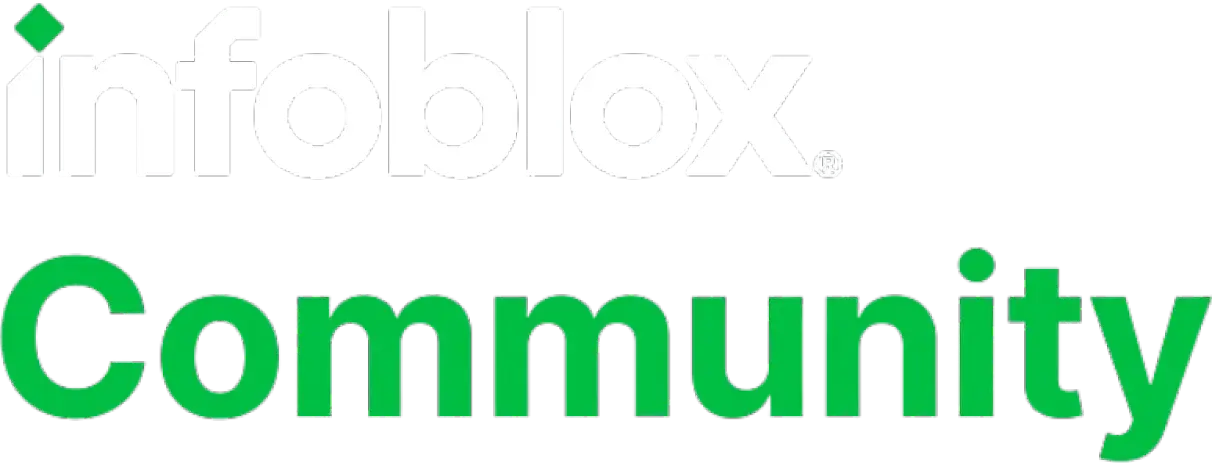Automation
Best Answer
-
Good day Bryan
The best way to achieve this would be to create a role with specific functions. You then assign that role to an admin group (create different admin groups for different roles and permissions).
When creating the admin group, you select the type of access the user will have to the NIOS Grid (GUI, API, CLI etc). Below is an example of where in the admin group you can set the interfaces.
You then configure a specific user account for that user and assign them to the correct admin group.
Please test this out and let us know if you have any other issues.
Regards
TW
1
Answers
-
This was helpful!
0
Categories
- All Categories
- 5.2K Forums
- 4.7K Critical Network Services
- 472 Security
- Visibility and Insights
- Ideas Portal
- Webinars & Events
- 280 Resources
- 280 News & Announcements
- Knowledge Base
- Infoblox Documentation Portal
- Infoblox Blog
- Support Portal
- 8 Members Hub
- 4 Getting Started with Community
- 4 Community Support

